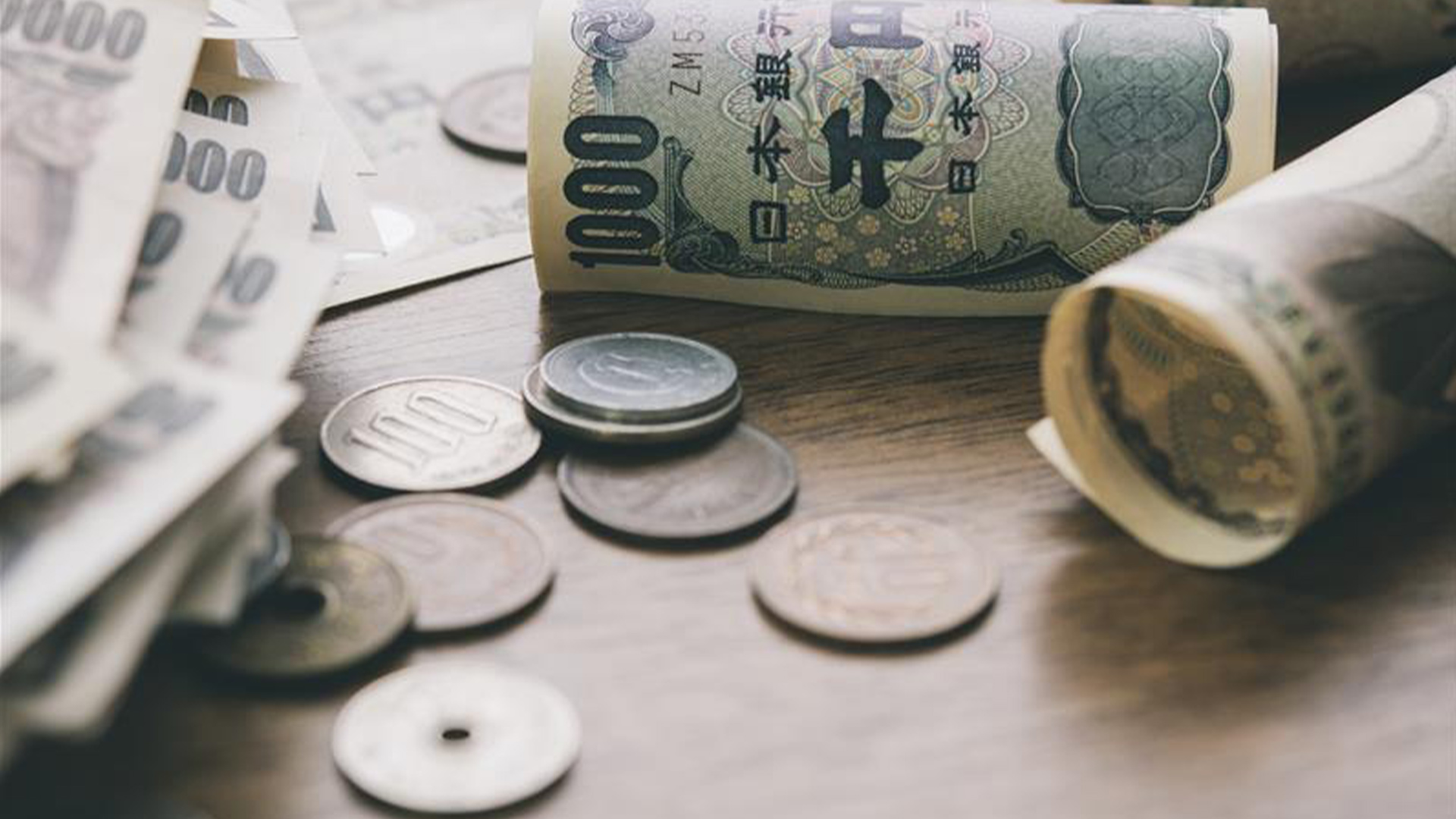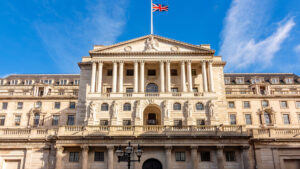Australia’s CPI for the first quarter of 2025 revealed that headline inflation held steady while core inflation dipped into the Reserve Bank of Australia’s (RBA) target range for the first time since 2021.
Inflation Steady, Core Inflation Hits RBA Target
Australia’s headline inflation rate for March remained unchanged at 2.4% YoY, the same as the previous Feb report, but exceeding the forecast of 2.3%.
This marks a four-year low, indicating a disinflation trend since inflation peaked at 7.8% in December 2022. ⁽¹⁾
Core inflation, measured by the trimmed mean, which excludes volatile price changes, fell to 2.9% YoY, within the RBA’s 2%-3% target range for the first time in four years.
On a quarter-on-quarter basis, trimmed mean inflation rose 0.7%. The decline in core inflation signals a shift in the RBA’s monetary policy plans. With core inflation now within the target, the RBA has greater flexibility, as evidenced by its recent rate cut from 4.35% to 4.1%, the lowest since December 2011. ⁽²⁾
Key Drivers of Australia’s Inflation Pressure
Food and electricity prices were the main drivers. Electricity prices rose to 16.3% QoQ due to the removal of subsidies. Food and beverage prices rose to 3.4% YoY, mainly driven by high tobacco prices due to excise tariffs. ⁽³⁾
Core inflation edged higher to 0.7% QoQ. This was driven by non-discretionary items such as health, education, and house prices. While health and education price increases are more seasonal, they remain large contributors to headline inflation. ⁽⁴⁾
Costs of Services and Transportation Come in Lower
After falling mildly for the last three months, the motor fuel component fell a significant 7.6% YoY in March 2025. ⁽⁵⁾
Services inflation, including furnishings, clothing, and communications, remained subdued, contributing near zero to YoY headline inflation. These sectors are now aligned with the RBA’s target range, a marked improvement from when they exceeded it a year ago. ⁽⁶⁾
Broader Economic View and AUD Reaction
Australian Treasurer Jim Chalmers noted that markets still anticipate further interest rate cuts despite the stronger inflation print. “The market expects more interest rate cuts after inflation figures,” he stated, adding that there is “nothing in these numbers that would substantially alter market expectations.” ⁽⁷⁾
Growth in Australia’s economy for 2025 is expected to pick up with the labor market remaining strong, as the RBA stated at their last meeting. However, they also added that uncertainty still exists due to trade war tensions between the US and China.
AUD/USD jumped 0.3% after the release, with support from mixed PMI data from China, where manufacturing returned to contraction at 49 while non-manufacturing continued to expand, showing 50.4. ⁽⁸⁾



